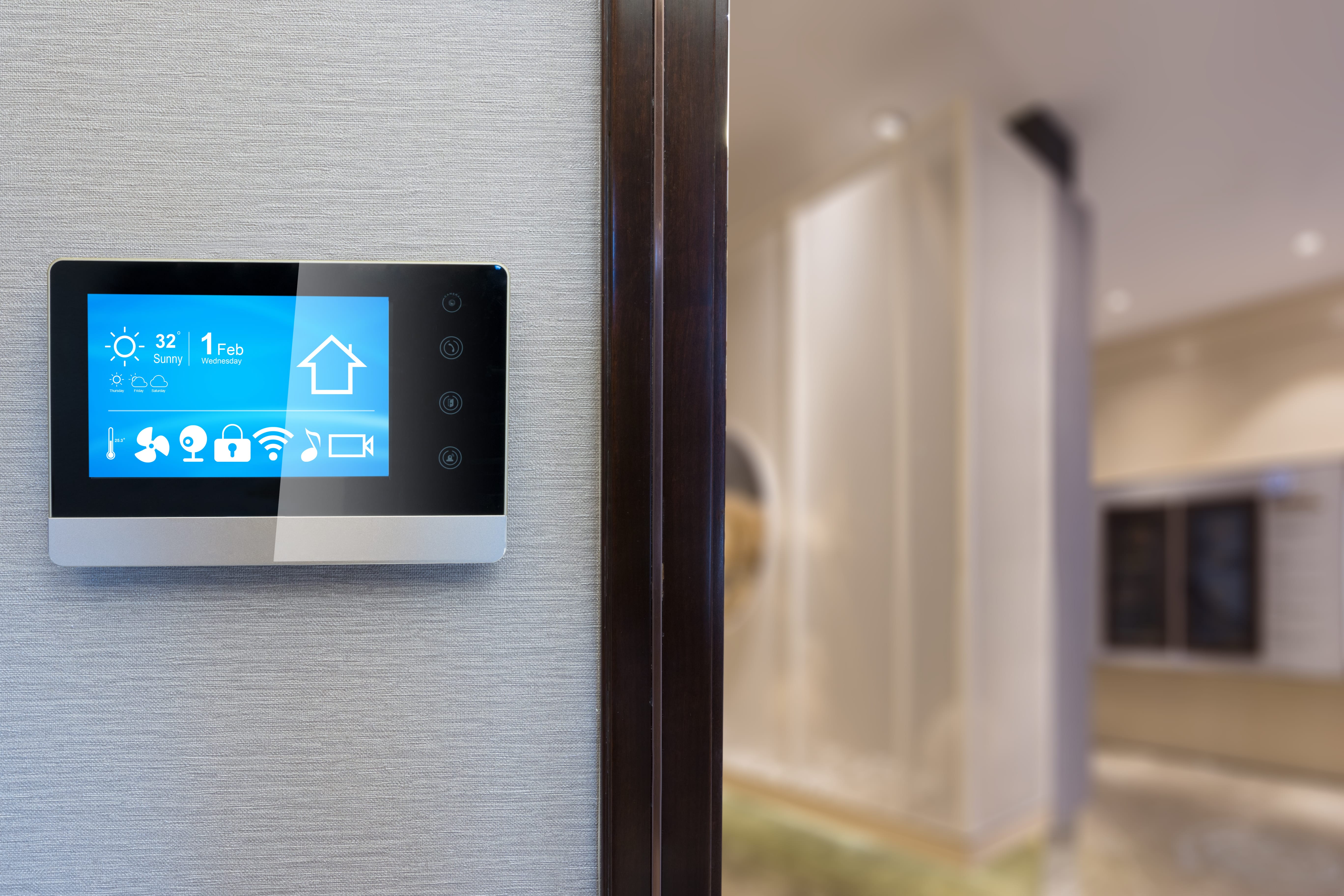Now that the school year has started, football players have already played their first games of the year. When they’re under those Friday night lights, all eyes are on them. But have you ever stopped to think about how much the school is paying to keep the field lit up?
A typical football field
One of the most important aspects of a field is having sufficient lighting so fans can clearly view every play on those late Friday nights. Most football fields are lit with high-intensity discharge lights, or HID lights, which are very efficient for their size and lighting capability. The ideal amount of light for school football fields is 30 footcandles.

The University Interscholastic League, an organization that helps Texas public schools create helpful, competitive environments for students, has suggested that high schools base their lighting needs on the size of the stadium. If the stadium seats fewer than 2,000 people, there should be at least 30 footcandles, and if it seats more than 2,000 people, there should be at least 50 footcandles.
Texas takes football very seriously. There are 1,305 high school football stadiums in the state with a combined seating capacity of 4,130,440. This comes out to an average of just over 3,000 people per stadium. The largest one, Toyota Stadium in Frisco, Texas, can seat 20,500 people. However, most stay in the realm of 1,000-5,000 people.
{{CTA-Green}}
Improving a high school football field
While it's important to provide the right level of light, it's also important that schools make an effort to be energy efficient. Not only is this good for the planet, but it is also beneficial to the school's budget. That's why NextEra Energy Solutions has worked with several Texas schools to help them improve their fields while cutting their energy bills.
One such example can be seen at Harvester Field in the Pampa Independent School District. The stadium was constructed in the '70s and was in great need of modernization. Providing only 14 footcandles, the current lighting was insufficient for games and practices, and actually created a safety issue. The field was lit by 144 quartz lights, which were positioned on 6 poles around the field. Each pole held 24 of the lights.
Quartz lights aren't as efficient as HID lights, and today are typically used for emergency lighting rather than the primary source of illumination.
The lights at Harvester Field were used for an average of 100 hours or 19,440 kilowatt-hours per year. In addition to poor energy efficiency and insufficient lighting, the lamps and ballasts needed to be updated frequently. The lamps had a life span of about five years, and the ballasts about seven. This created a frequently recurring, costly issue.
NextEra Energy Solutions decided to replace the quartz lamps with more energy-efficient HID lamps. They will require 7,560 fewer kilowatt-hours, equal to a savings of $1,351 per year. Additionally, the lamps and ballasts both have a lifespan of at least 12 years, lessening the cost of maintenance and replacement and saving the school about $4,667.
Pampa High School, its students, and their parents have all seen the positive benefits of the new lights. The school has already and will continue to save money; football players are able to play in much better lighting; and parents are able to watch their children's games more closely, thanks to better lighting capabilities. Other Texas high schools can also realize the benefits of improved energy efficiency by contacting Gexa Energy Energy Solutions or heading to their website for more information.






































